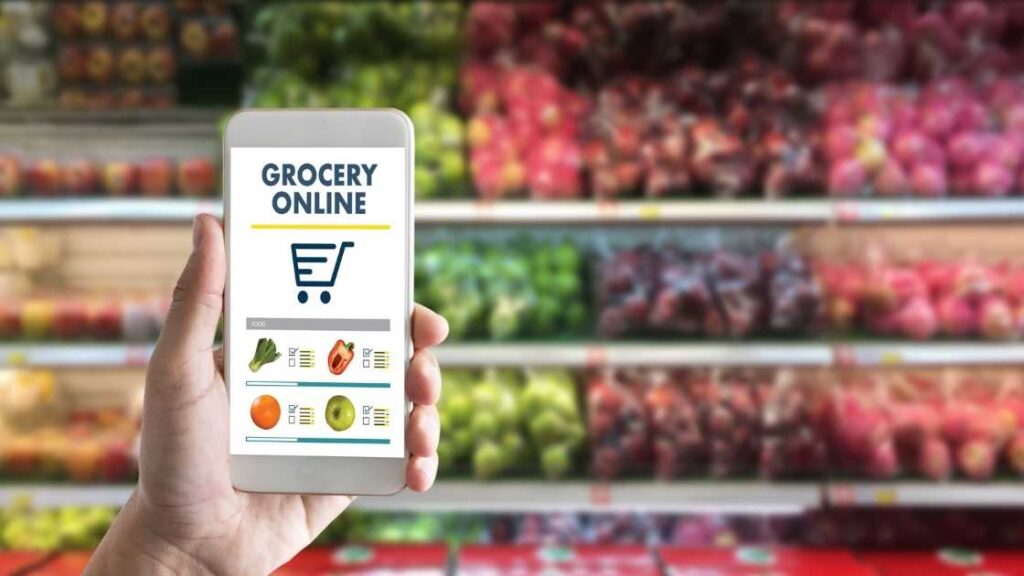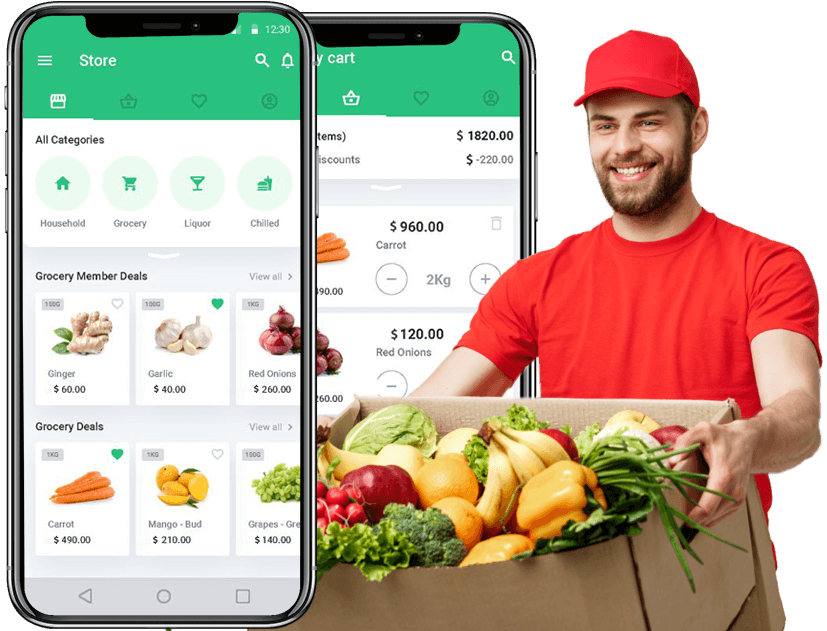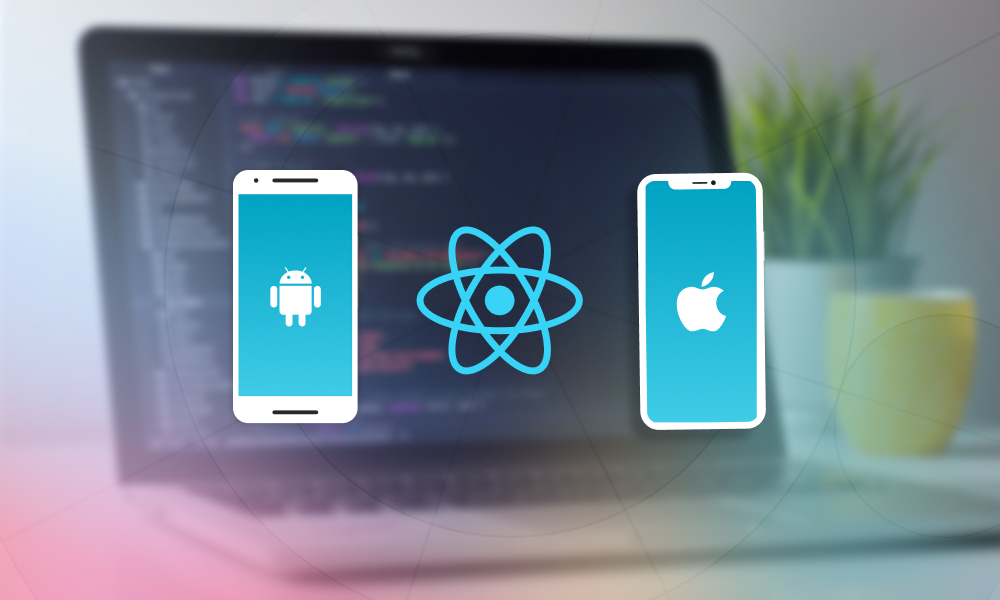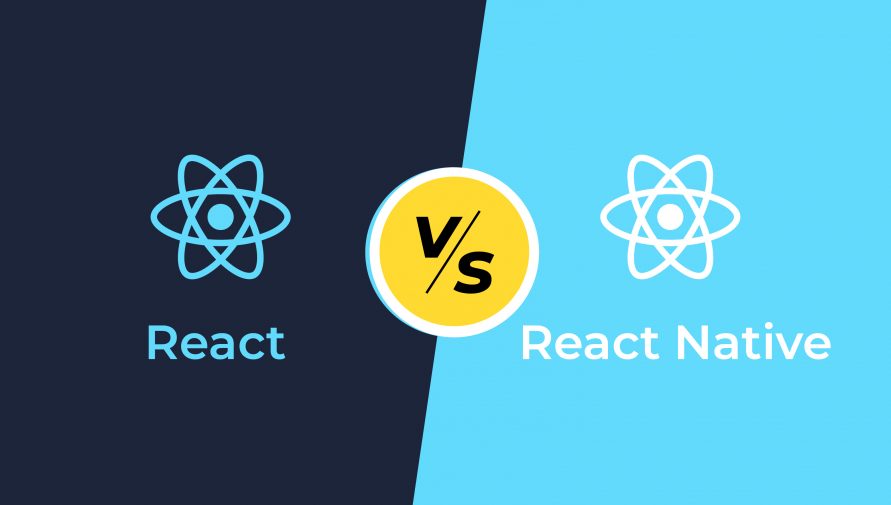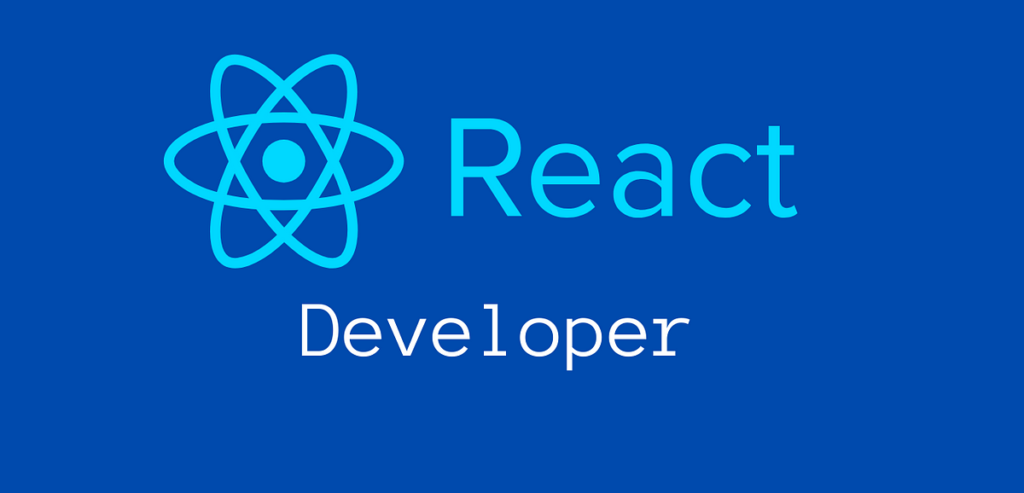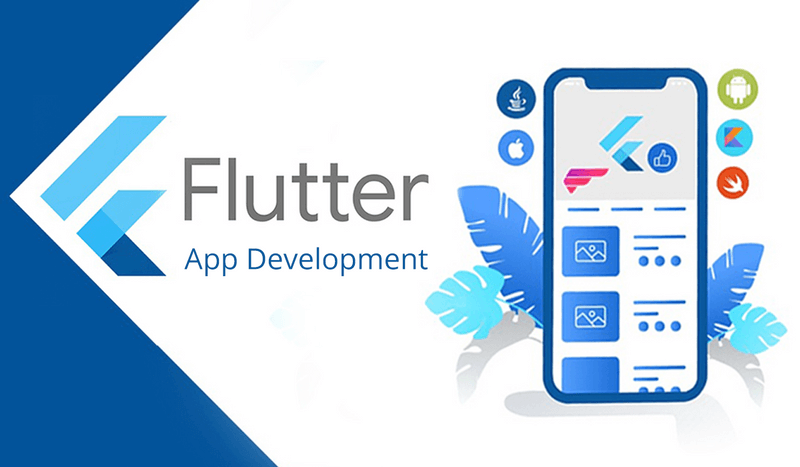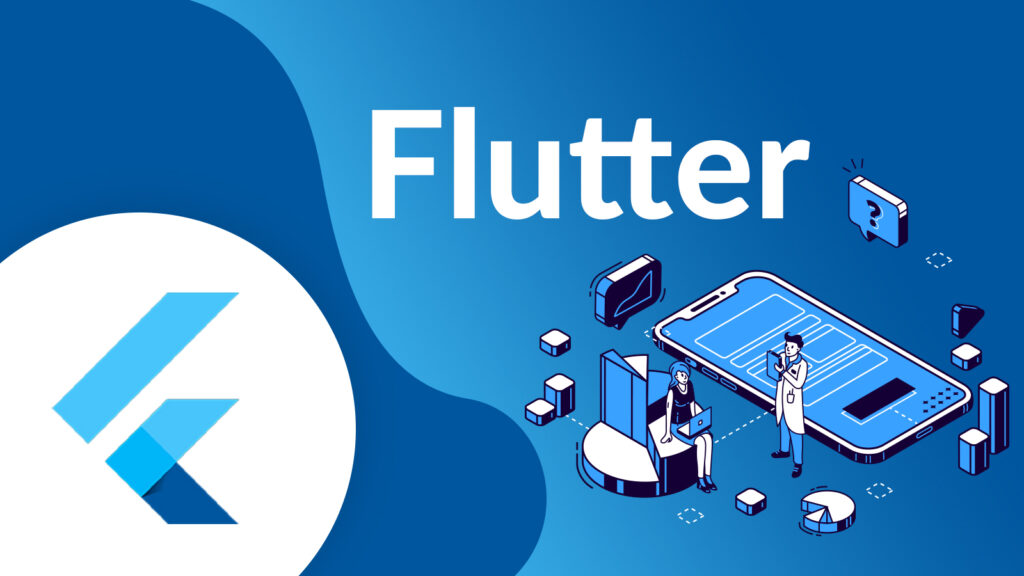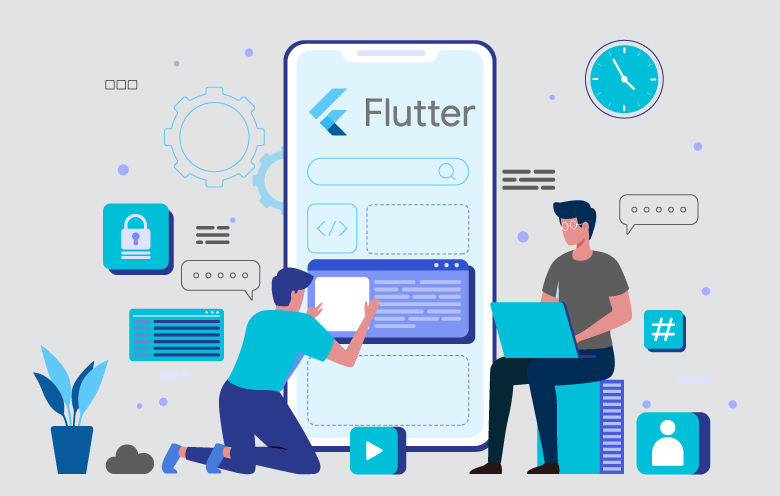
To become a big data developer, you need to have a solid foundation in programming and data analytics. Here are some of the key skills that a big data developer should possess:
Programming languages: You should have a strong command of programming languages such as Java, Python, Scala, and R, as these are commonly used for big data development.
Database skills: Understanding of database concepts and proficiency in database management tools like SQL, NoSQL, Hadoop, and other big data technologies like Spark, Hive, HBase, Cassandra, etc.
Data manipulation and processing: A big data developer should be skilled in working with large datasets and have experience with tools like MapReduce, Pig, and Spark.
Data modeling and warehousing: You should have an understanding of data modeling techniques and best practices to design and implement efficient data warehouses.
Data visualization: Big data developers should have the ability to transform raw data into meaningful insights and visualizations using tools like Tableau, QlikView, and others.
Machine learning and artificial intelligence: A basic knowledge of machine learning and AI is necessary to handle big data projects. It helps to gain insights and implement more advanced algorithms.
Communication and collaboration: As part of a team, good communication and collaboration skills are essential, with the ability to work effectively with data scientists, data analysts, and other stakeholders.
Analytical thinking: You should have a strong analytical and problem-solving approach to handle complex data sets, troubleshoot errors, and design solutions to optimize performance.
These skills are necessary to succeed in big data development, and continuous learning and keeping yourself updated with new technologies is also important.
This article is shared by https://www.itechscripts.com/big-data// | A leading resource of inspired clone scripts. It offers hundreds of popular scripts that are used by thousands of small and medium enterprises.
